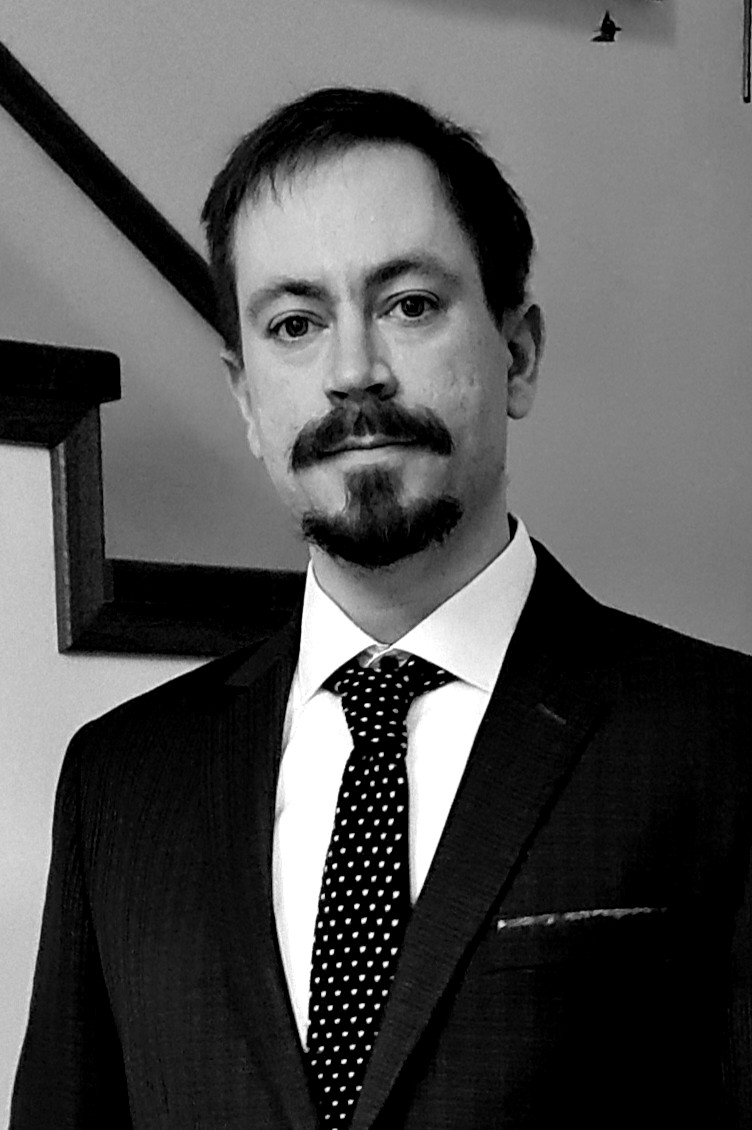Christopher Florian Holte disputerer for ph.d.-graden i helsevitenskap og vil offentlig forsvare avhandlingen:
“Novel insights into the fenestrated scavenger endothelium of the liver sinusoid”
Avhandlingen er tilgjengelig her
 The doctoral thesis
The doctoral thesisPrøveforelesningen over oppgitt emne starter kl. 10.15 i Auditorium Cortex, og kan strømmes
"Targeting LSECs to fight chronic liver disease"
Disputasen starter 1215, og kan strømmes
Auditoriet er åpent for publikum, men disputasen vil også bli strømmet
Opptak av disputasen vil være tilgjengelig i et døgn.
The auditorium is open to the public. The defense will still be streamed
Recordings of the trial lecture and the defense will be available for 24 hours.
Populærvitenskapelig sammendrag:
The sinusoids (specialized small blood vessels) of the liver are covered by endothelium (blood vessel wall cells) with open transcellular pores (holes that go from one side to the other) called fenestrations. This allows for efficient bidirectional transfer of solutes between the blood and the hepatocytes (main metabolic liver cell). These fenestrations can disappear or reduce in number and size in disease states or in ageing. We therefore sought to map the literature on compounds, that affect these fenestrations, and to hypothesize how the mechanism regulating them operates.
The fenestrations are unevenly distributed along the sinusoid, with there being a greater fraction of the cell surfaces covered by these pores towards the end (the pericentral area) compared with the start of the vessel (the periportal area). There are also lymphatic vessels in the periportal area, in a space behind the portal vein and hepatic artery, which is often omitted from consideration in anatomical illustrations and flow models of the liver. We therefore sought to make a digital model at the single sinusoid level, including these ultrastructural details, to assess their influence on fluid flow parameters.
The liver endothelium is a scavenging endothelium, that is to say high-capacity waste removal cells specialized in macromolecular and nanoparticle sized waste from the blood stream. Albumin is the single most abundant protein in blood, with chemically modified forms of it being found in several pathologies, especially diabetes or liver disease. It was found by a Japanese research group, Iwao et al., that when albumin is highly oxidized, it is rapidly removed from the blood stream, mainly by the liver. The properties of the liver sinusoidal endothelium as a scavenger endothelium, and the clearance kinetics led us to believe this was done by the liver sinusoidal endothelium and its stabilin receptors, because of the functions of these in respect to other modified albumins. We indeed found that this was the case.
The analysis of fenestrations from microscopy images is a laborious process and contains the possibility of introducing user bias into quantifications. We assessed three different methods of image analysis for the purpose of quantifying fenestration parameters. These were manual, semi-automated/thresholding based, and fully automated/neural network-based approaches. The manual classification method had little bias with regards to number, whilst showing significant user bias for diameter/size of fenestration. The semi-automated was the least biased with regard to diameter/size, but significantly biased with regards to number. The fully automated also showed considerable user bias for all parameters, however it can be used for batch processing. The methods are roughly ordered by speed (manual, semi-automated, fully automated), with regards to larger data sets.
Hovedveileder
Professor Peter McCourt, Institutt for medisinsk biologi, UiT Norges arktiske universitet
Biveiledere
Førsteamanuensis Anett Kristin Larsen, Institutt for medisinsk biologi, UiT Norges arktiske universitet
Bedømmelseskomité
Professor Leo van Gunsven, Free University, Brussels – 1. opponent
Associate Professor Caroline Adiels, University of Gothenburg – 2. opponent
Professor Inigo Martinez, Institutt for klinisk medisin, Det helsevitenskapelige fakultet, UiT– leder av komité.
Disputasleder: Professor Eva Sjøttem, UiT Norges arktiske universitet
De som ønsker å opponere ex. auditorio kan sende e-post til leder av disputas: Eva Sjøttem eva.sjottem@uit.no innen kl. 11.00 disputasdagen.